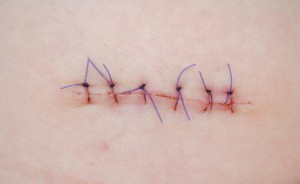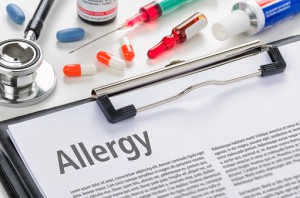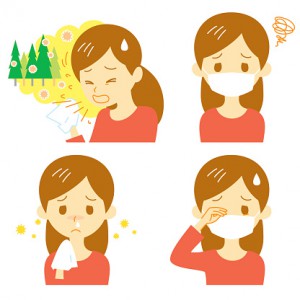Sexually transmitted infections (STIs), also known as sexually transmitted diseases (STDs) are infections that are spread by sexual contact. April marks National STI Awareness Month, a campaign sparked by the Centers for Disease Control and Prevention as an effort to counter the nation’s high rates of sexually transmitted infections. The United States currently has the highest rates of sexually transmitted diseases among all countries in the developed world. Here are three important facts to remember about the ongoing public health epidemic in this country:
- The current epidemic is driven by just two STDs — even though there’s already a vaccine to prevent one of them.
The nation’s STI epidemic is mainly caused by HPV and chlamydia. That’s good and bad news. On one hand, chlamydia is easily cured with antibiotics, and there’s already an extremely effective vaccine to prevent HPV transmission. But young Americans still aren’t getting their HPV shots, even though the CDC urges parents to vaccinate their children — both girls and boys — before they reach their early 20s.
- Women disproportionately bear the burden of STIs.
Based on the female anatomy women are actually more vulnerable to contract STDs than men are — but they’re also less likely to notice the symptoms. Signs of an STI are less apparent on female genitalia and women commonly confuse STD symptoms for less serious issues, like a yeast infection. Sexually transmitted infections often have more longer-term consequences for women that can lead to infertility, and pregnant women can pass STDs to their unborn babies.
- Having healthcare makes it easier to get tested.
The health care reform law now requires insurance companies to provide reproductive health services free of charge, U.S. citizens are able to receive HIV/AIDS counseling, STD counseling, and HPV testing without a co-pay.
There is a lot of misinformation out there about sex, sexual health and sexually transmitted infections. The best way to prevent STI’s is to not have sexual intercourse but that isn’t realistic for most. However, knowledge of prevention is the second best option. To prevent the transmission of STIs, people need to be taught how to effectively use condoms. Follow this link to learn about proper condom use: https://www.plannedparenthood.org/learn/birth-control/condom . Even adults are sometimes misinformed about the spread of STI’s which is why it is important to communicate openly with your doctor.
All content of this newsletter is intended for general information purposes only and is not intended or implied to be a substitute for professional medical advice, diagnosis or treatment. Please consult a medical professional before adopting any of the suggestions on this page. You must never disregard professional medical advice or delay seeking medical treatment based upon any content of this newsletter. PROMPTLY CONSULT YOUR PHYSICIAN OR CALL 911 IF YOU BELIEVE YOU HAVE A MEDICAL EMERGENCY.








